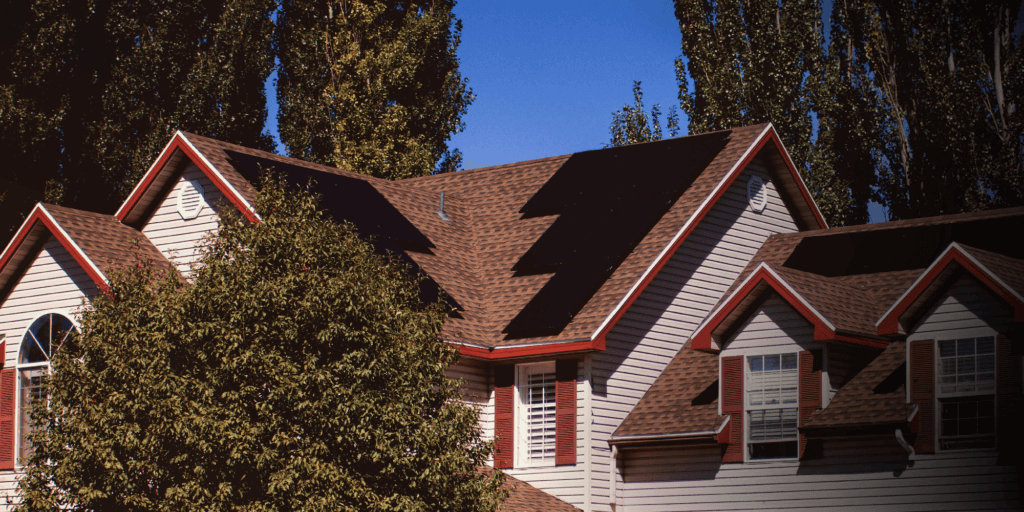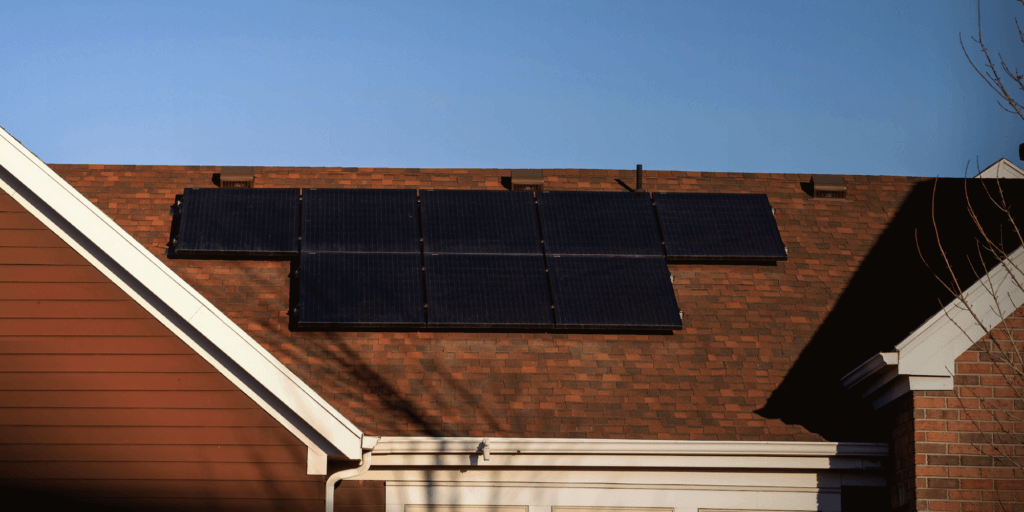
The growing adoption of solar energy in the United States of America brings several legal considerations for property owners, one is a solar easement. This term might not be widely recognized, but solar easements exist to ensure homeowners can enjoy uninterrupted access to sunlight. Let’s dive into what solar easements are, why they matter, and how they work in different states throughout the country.

What is a Solar Easement?
A solar easement is a legal agreement protecting a property owner’s right to access sunlight across a neighboring property. These easements are designed to give solar panels on a single-home property adequate sunlight throughout the day, free from obstruction by structures or vegetation on neighboring properties.
Solar easements are voluntary agreements between property owners and are filed with local government offices to make them legally binding. Unlike general property laws, a solar easement specifically protects solar energy production by defining a space where the sun’s rays and access cannot be blocked.
The Importance of Solar Easements
Reliable sunlight is essential for solar energy production. Solar panels depend on direct sunlight to generate electricity, and minor shading can reduce their efficiency. Homeowners invest in solar panel systems to reap the benefits of energy savings. A solar easement ensures this investment is protected by guaranteeing uninterrupted access to sunlight.
Without a solar easement, conflicts can arise between neighbors, especially if new construction or landscaping interferes with sunlight reaching the solar panels, potentially impacting the rooftop solar panel system’s efficiency and financial returns. Creating a solar easement establishes clear, legally binding terms reducing the likelihood of disputes before they start. This clarity is especially crucial in urban and suburban areas where space is limited, and development is constant.

How Do Solar Easements Work?
Solar easements function like other property easements but are specific to sunlight access. Here’s a breakdown of how they typically work:
- Establishing the Easement: The process begins with a property owner and a neighbor negotiating an agreement that specifies the geographical area and height restrictions to prevent compromising solar panels. This is written out and documented through a contract.
- Defining Terms and Boundaries: The easement outlines the dimensions of the solar access area, including vertical and horizontal boundaries. It may also specify timeframes during which sunlight access must be maintained (e.g., certain times of day when solar panels need direct sunlight).
- Recording the Agreement: Once the terms are agreed upon, the solar easement is usually filed with the local recorder or assessor’s office. Recording the easement makes it legally enforceable and binds future property owners to the same terms.
- Maintaining the Easement: The property owner who benefits from the solar easement is typically responsible for maintaining it. This might include monitoring of any structures or vegetation that block sunlight according to the easement’s terms.
What to Consider Before Establishing a Solar Easement
Not everyone needs a solar easement, but it can be a valuable tool. If you’re considering a solar easement, it’s important to keep a few points in mind for a smooth process. Since solar easement laws can vary widely from state to state, we recommend consulting with a legal professional, experienced in property law specific to your area. They can help draft a clear agreement and safeguard your rooftop investment.
- Secure cooperation from your neighbors by approaching discussions with empathy and openness.
- Address concerns regarding future property development or use.
- Consider potential changes over time, such as new construction or tree growth, that could affect sunlight access.
- Clearly define the terms of the easement to protect your rights in the long run.
Solar easements can be established in any state where property law recognizes them, but the process varies by jurisdiction. Some states have specific laws governing the establishment of solar easements to ensure they are enforceable like Indiana, Washington, and Nevada.

Solar Easements: Shaping the Future of Renewable Energy
Currently, about 75% of states have solar easement policies in place. Specific states may continue to develop clearer laws and guidelines to support homeowners in securing their rights to sunlight. Additionally, increased awareness of solar easements can help prevent potential conflicts before they arise, making it easier for communities to embrace solar energy without friction.
By ensuring unobstructed access, solar easements play a vital role in the continued growth of solar energy. For those interested in going solar, knowing your rights and exploring options for a solar easement can help your solar panel system operate optimally.
Partnering with Blue Raven Solar provides a seamless transition to solar energy while navigating important considerations like solar easements. Our team of experts understand the complexities of solar installations, including local zoning laws, property rights, and how to optimize your system for maximum sunlight exposure. Opting for a reliable installer ensures you receive expert guidance on determining whether a solar easement is required for your property and assistance in establishing one if necessary. Blue Raven Solar prioritizes your long-term energy goals, helping you secure your solar investment and enjoy the benefits of clean, renewable energy without unnecessary hurdles.



Sorry, the comment form is closed at this time.